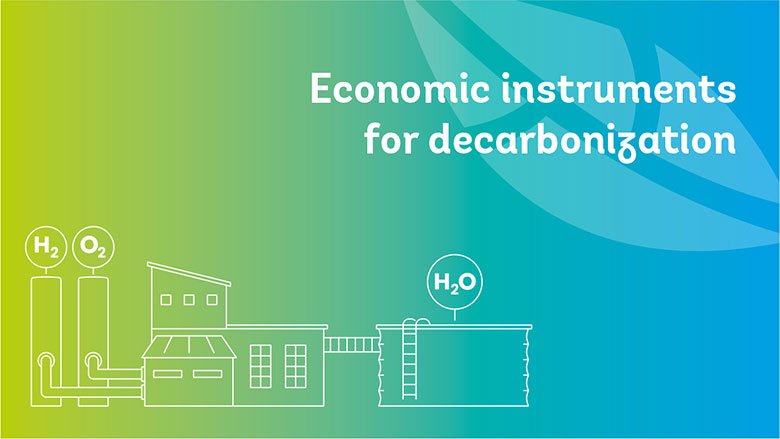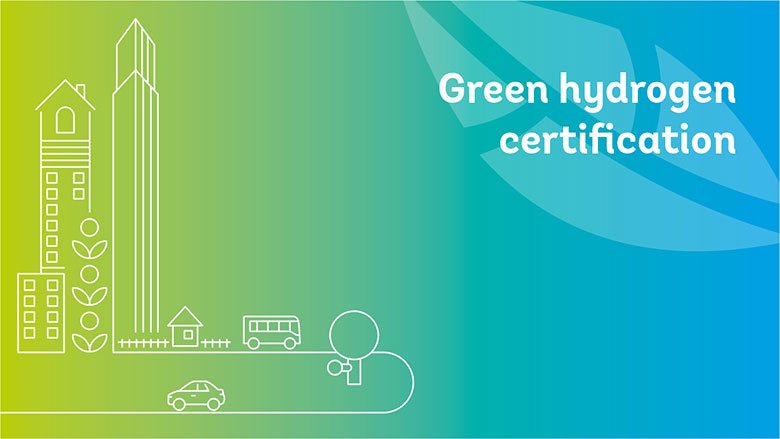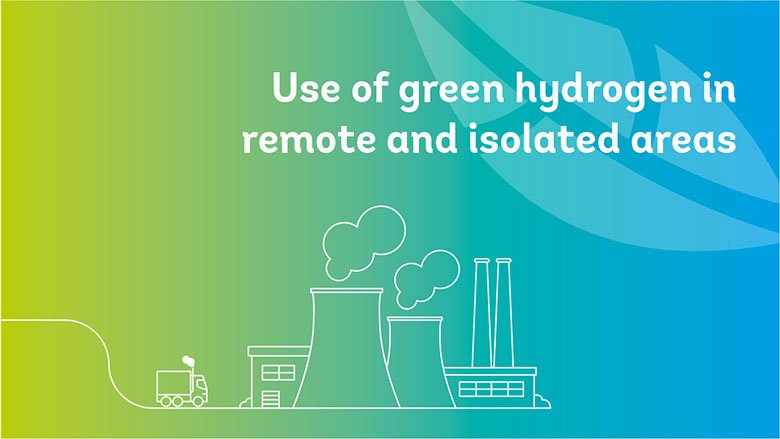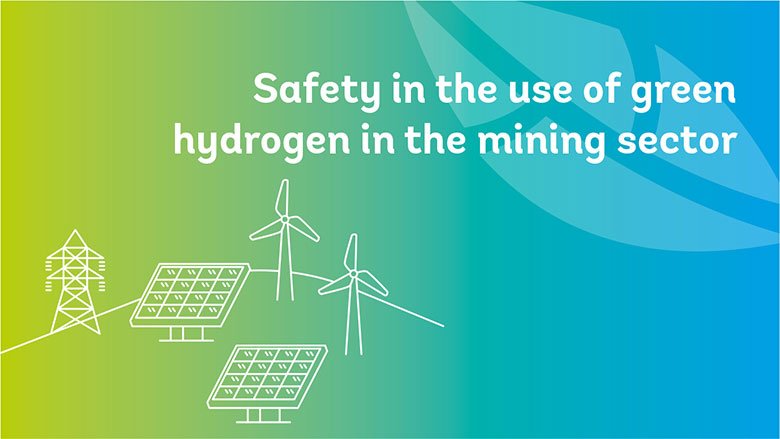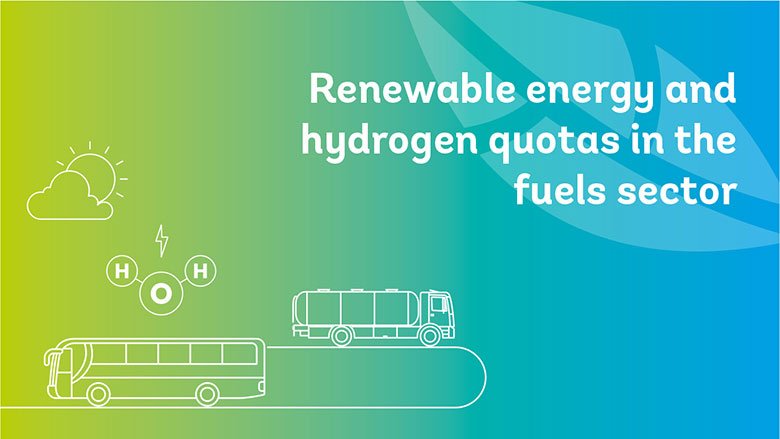The Chile Green Hydrogen Facility to Support A Green, Resilient and Inclusive Economic Development promotes investment in green hydrogen projects in Chile, accelerating the country’s green growth, energy transition and supporting its commitment to carbon neutrality by 2050. This is the World Bank’s first loan to promote green hydrogen to support climate change mitigation efforts.
Since 2020, the World Bank has supported Chile in the development of regulations and the enabling environment that facilitates the demand for green hydrogen, both for the domestic and international markets. These are the various analyses and studies carried out:
This report provides detailed recommendations and a roadmap for the Government of Chile to design and implement economic instruments that catalyze the country's energy transition and fulfill the National Determined Contributions. These recommendations consider the role of carbon pricing instruments in accelerating the growth of a green hydrogen industry in the country. The report focuses on the evaluation of four economic instruments: (i) increase of tax for transport fuels (gasoline and diesel), (ii) expansion of sectors subject to greenhouse gas emissions taxes, (iii) develop emission trading systems (ETS), and (iv) implement offset mechanisms. Among the four economic mechanisms assessed in the report, increasing the carbon tax and extending its coverage will generate a strong positive impact by leveling the participation of green hydrogen producers with other fossil fuels in the Chilean energy market and continuing to promote the integration of renewable energy in the energy matrix. The report identifies that improving and expanding economic instruments will directly benefit companies' operations and future projects in the renewable energy sector and in the green hydrogen sector in Chile. The report concludes that implementing the abovementioned economic instruments can foster Chile's green hydrogen economy, which will positively impact the country's GPD – with an increment of 4 percent – and create 50,000 new employments.
Analysis of alternatives for green hydrogen certification
The Report “Analysis of alternatives for green hydrogen certification”, financed by the World Bank, provided recommendations and an action plan to establish a green hydrogen certification scheme in Chile that could be validated in the national and international carbon and green hydrogen markets. The Report includes analyses and recommendations on the monitoring, reporting, and verification (MRV) framework, traceability methodologies, actors involved, and governance framework. The Report highlights the importance of adopting an internationally recognized certification scheme already used in other regions to ease the certification process of green hydrogen or derivatives that will have international off-takers. The Report concludes that the certification scheme should consider two key attributes: the renewable character of energy input and CO2 emissions. Finally, it lays out the preliminary elements to propose a governance structure for the Chilean certification system, considering all the stakeholders that normally intervene in the entire chain of custody of the product and the tracking instruments themselves, using CertifHy as a blueprint.
Assessment of introducing green hydrogen in remote, isolated and less developed areas
The report identified the potential use of green hydrogen as a form of energy storage in isolated electrical systems and analyses five high-potential implementation cases in electricity systems in Chile (Punta Arenas, Aysén, Puerto Natales, Isla de Pascua, and Archipelago Juan Fernandez). The report assesses the regulatory barriers to using hydrogen as storage and recommends ways to overcome them and attract private sector investments. The report also showcases four international projects that use hydrogen as storage and analyzes technical and commercial elements based on the best publicly available information from the projects. The four international projects are Raglan Mine in Canada; Froan Island in Norway; Big Hit Orkney in Scotland; and Bright Green Levenmouth in the UK. This report concludes that green hydrogen can not only help provide power at a lower cost than using exclusively diesel generation, in isolated electric grids, but it can also help integrate higher shares of renewable energy, tackling intermittency and avoiding curtailment by providing longer-duration energy storage and a better balancing of the power grid.
Safety considerations for using green hydrogen in mining operations (in Spanish)
Chile is a worldwide leader in mining, with 22% of the world’s copper reserves. The country recognizes that green hydrogen offers an opportunity to decarbonize the mining industry. Therefore, the World Bank’s report aimed to deliver technical and practical information that serves as the basis for developing a safety code for using green hydrogen in Chile’s mining industry. The Report is divided into five sections and includes a set of recommendations to be considered by the National Geology and Mining Service (Servicio Nacional de Geología y Minería; SERNAGEOMIN). The Report initiates by benchmarking a group of demonstration projects, laboratory tests, and safety standards that have been implemented around the globe in the past ten years. Then, it develops a risk analysis and a tool to calculate hazards when using green hydrogen in open-pit mining. The Report proposes a set of tests and trials to be implemented in controlled laboratories and on the field to evaluate the safe operation of green hydrogen in mining projects in Chile. The Report concludes with recommendations for developing safety standards and regulations when using hydrogen in mining and a set of recommended mitigation and management best practices tailored to the Chilean mining conditions.
The Report “Regulatory assessment of Renewable Energy Quotas, including analysis of green hydrogen value chain” presents a proposal for a regulatory framework to stimulate demand for green hydrogen by using quotas in Chile’s fuel market. As a basis for developing these policy recommendations, the report analyzes the regulatory framework applied in European Union, Germany, and California. The report includes a thorough analysis of the infrastructure required to produce and distribute the levels of green hydrogen for transport, as indicated in Chile’s Green Hydrogen Strategy. The report estimates the amount of hydrogen quotas required to significantly expand renewable energy usage for transport (road and train) and mining.


